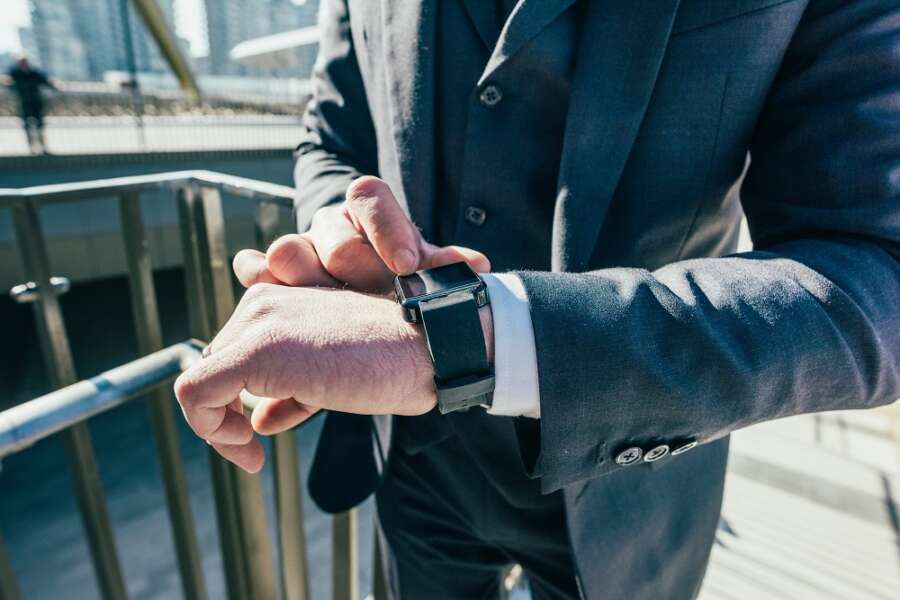
By Delia Pedersoli, COO, MultiPay Global Solutions
Consumers crave convenience. This is especially true when it comes to payments and transactions. Most often, people want to pay quickly, they want their items as fast as possible and, of course, they also want the whole experience to be made as easy for them as possible.

Delia Pedersoli, COO, MultiPay Global Solutions
Over the past decade, we’ve seen an evolution from signing receipts to chip-and-pin and now contactless as the most used payment method for everyday purchases. Even with contactless however, we are still largely reliant on cards to make payment. More recently though, incorporating a seamless payments experience into consumers lifestyles has started to take another huge leap forward. In fact, are you wearing the future of payments around your wrist or finger right now?
The coming wave of wearables
Whether a bracelet, fitness tracker, ring, watch or bangle, there’s a growing abundance of wearable devices that include, or are specifically designed for, payments technology. Almost ubiquitous adoption of contactless payment technology in stores, and advances in technologies such as Near Field Communication (NFC) and RFID, are expected to make wearables a particularly attractive way for consumers to pay for goods. In addition, innovation in this space offers a lucrative prospect for both retailers and wearable brands alike.
Known ever more commonly as ‘tap-and-go’ devices, payment bracelets, rings and other wearables are increasingly a more convenient way to pay than cash, card or mobile – either as incorporation into an existing device or a purpose-built piece of ‘payments fashion’. ‘Tap-and-go’ devices are proving a big hit with consumers too. Visa estimated that wearable payment volumes reached $501.1 billion at the end of 2020[1]. Furthermore, the global wearable payments market is projected to reach $1.37 trillion by 2027[2].
Wearables at the cutting-edge of payments innovation
In 2019, Mastercard estimated that almost a fifth of wearable payments in Europe were made in the UK[3] and that transactions had increased eightfold within a single year. Wearable payment devices are quickly taking off as must-have items. To name just a few, Apple recently patented a smart ring joining the likes of the Oura ring and leather contactless payment bracelets by Tovi Sorga.
From a technical perspective, many wearable payments devices are linked to pre-paid accounts for enhanced security and twinned with mobile apps so consumers can keep track of spending and reload their devise from existing credit and debit cards in real-time.
Outside of being a fashion statement that can be used on the high-street, leading applications also include the use of wearables at festivals, sporting events and mass gatherings where it makes sense to go completely cashless.
At the Roskilde 2019 festival in Denmark, NFC wristbands were used to provide festival-goers with the option to use their entry bands for payments within the festival ground itself. According to Roskilde’s website, its aim was to create a ‘smarter festival experience’. Users’ wristbands contained a chip that enabled them to connect to a range of services including the option to pay for food and drinks at select stalls and keep track of expenses via a dedicated app.
Likewise, Visa has spearheaded innovation in this space by promoting the use of cutting-edge wearable payment devices for use at kiosks across venues at the Rio Olympics in 2016 – providing wristbands and a ring for sponsored athletes – as well as the introduction of payment-enabled gloves at the Winter games in South Korea in 2018.
Making wearables work for your business
The great news for retailers and other businesses accepting payments is that it’s extremely easy to start accepting payments via wearables. In fact, if you’re already set-up with contactless terminals then you’re ready to start accepting any payment from a wearable device anywhere your business operates.
If you’re not quite there with contactless yet, then there are several reasons why it makes sense to investigate it soon. These include a smoother experience for the customer – one where they’re more likely to return – to consumer preference for a safer, more hygienic payments experience driven by the COVID-19 pandemic.
As can be told by the expected growth in the wearables market, preference for paying via such devices is quickly becoming the ‘new normal’. Now is the time to start considering how to make wearables work for you. Whether it’s by deploying contactless terminals or rolling out a dedicated wearable device and infrastructure for consumers to use when buying goods and services from your business or event, over the next couple of years brands will need to prepare as we see this space continue to hot up.


